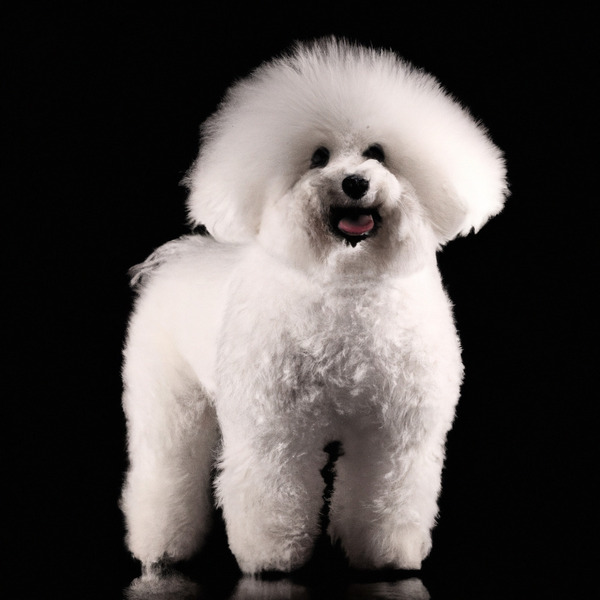Bolognese vs. Labollie: Breed Differences and Similarities
Hypoallergenic
Are Bologneses or Labollies hypoallergenic, or neither?
While no dogs are truly 100% hypoallergenic, Bologneses are about as close as it gets, making them an ideal pet if you are an allergy sufferer.
Unfortunately, the Labollie is not hypoallergenic, making it not a good choice for a dog lover who suffers from pet allergies.
Origin
What is the origin of Bolognese and Labollie dog breeds?
Italy
Canada
Ancestry
What are the origins of Bolognese and Labollie breeds?
Bichon Frise, Maltese
Collie, Labrador Retriever
Date of Birth
When were Bolognese and Labollie breeds first developed?
1200s
Unknown
Eye Color Possibilites
What are the eye colors of Bolognese and Labollie dogs?
Brown
Brown
Nose Color Possibilites
What are the natural nose colors of Bolognese and Labollie?
Black
Black
Coat Color Possibilites
What are the natural colors of the coat for Bolognese and Labollie breeds?
White
Black
Brown
Fawn
Sable
Coat Length
What is the typical coat length for Bolognese and Labollie breeds?
Bologneses are known for their coat length.
Labollies have longer coats compared to most dogs.
Coat Density
What is the density of the coat of Bolognese and Labollie?
Coat Texture
What is the hair texture of Bolognese and Labollie?
Curly
Straight
Litter Size
What is the usual litter size for Bolognese and Labollie?
A Bolognese can have a litter of 12-14 puppies on average. However, it's worth noting that the size of the litters can vary greatly. Factors that can influence litter size include the health of the mother, breeding history, and genetics.
A Labollie can have a litter of 5-10 puppies on average. However, it's worth noting that the size of the litters can vary greatly. Factors that can influence litter size include the health of the mother, breeding history, and genetics.
Major Concerns
What are the major health concerns for Bolognese and Labollie breeds?
Patellar Luxation
Progressive Retinal Atrophy
Cataracts
Hip Dysplasia
Legg-Calve-Perthes Disease
Hip And Elbow Dysplasia
Collie Eye Anomaly (CEA)
Minor Concerns
What minor health issues should be kept in mind when owning Bolognese and Labollie?
Otitis Externa
Allergies
Allergies
Occasional Tests
What occasional tests are recommended for Bolognese and Labollie breeds?
Eye
Hip
X-Rays
Eye Examination
Dental Examination
X-Rays
Physical Examination
Activity Level
Which breed has higher energy, Bologneses or Labollies?
Both Bolognese and Labollie are medium-energy dogs that enjoy socializing and playing with other dogs. They may engage in casual or sustained games of chase, and occasionally have bursts of barking or racing around the house.
Walks per Week
How many miles should Bolognese or Labollie walk each week?
Bolognese and Labollie generally need a minimum of 7 miles of walking per week, but it can be increased as long as they are comfortable with it.
Activity per Day
Do Bologneses or Labollies require more exercise?
Both Bolognese and Labollie typically require a minimum of 60 minutes of exercise each day. The exercise can be spread throughout the day and may involve high-energy activities like walking, running, and playing.
Grooming
Which breed is easier to maintain in terms of grooming, Bologneses or Labollies?
The Bolognese is a low-maintenance breed that doesn't require much grooming.
The Labollie requires an average amount of grooming compared to other breeds.
Brushing Frequency
What is the recommended brushing frequency for Bolognese and Labollie dogs?
Ideally, Bolognese should be brushed at least 2 or 3 times a week (preferably daily) improve shedding.
Labollie should be brushed at least once a week. Of course you can give them more frequent brushes if you find that they are still shedding a lot
Brushing Tools
What brushing tools are used for Bologneses and Labollies?
Pin Brush
Comb
Clipper
Nail Clipper
Pin Brush
Nail Clipper
Cups
How much food should be given to Bolognese or Labollie in cups?
For an average 5-10 pound (2 - 5 kg) Bolognese feed 1 cups daily. But, keep in mind, the amount you feed is going to be dependent on the quality of the food you are feeding.
For an average 50-70 pound (23 - 32 kg) Labollie feed 2 cups daily. But, keep in mind, the amount you feed is going to be dependent on the quality of the food you are feeding.
Daily Cost
Which breed has a higher daily cost, Bolognese or Labollie?
The average cost of a Bolognese is somewhere $1.10 - $1.40 per day.
The average cost of a Labollie is somewhere $1.70 - $2.00 per day.
Monthly Cost
Which breed has a higher monthly cost, Bolognese or Labollie?
The average per month expenses of a Bolognese is between $28 - $42. This makes an average of $336 - $504 per year. It will be on the higher side when the dog is still small because it will need more frequent visits to the vet, shots.
The average per month expenses of a Labollie is between $48 - $63. This makes an average of $576 - $756 per year. It will be on the higher side when the dog is still small because it will need more frequent visits to the vet, shots.
Dog Friendly
Which breed is more sociable with other dogs: Bolognese or Labollie?
Bologneses are average in their friendliness towards other dogs, and socialization can help.
Labollies are generally very friendly towards other dogs, with a happy and affectionate temperament.
Playfulness
Which breed is more playful between Bolognese and Labollie?
Bologneses have an average level of playfulness, enjoying playtime like most dogs but not excessively so.
Labollies are very playful, so adopting an older one might be a better option for a more relaxed experience.
Trainability
How do the trainability levels of Bologneses and Labollies compare?
Bologneses are usually easy to train but require consistency to fully obey commands.
The Labollie is highly intelligent and eager to please, making it a great choice for both novice and experienced dog owners due to its easy trainability.
Compare Bolognese with other breeds
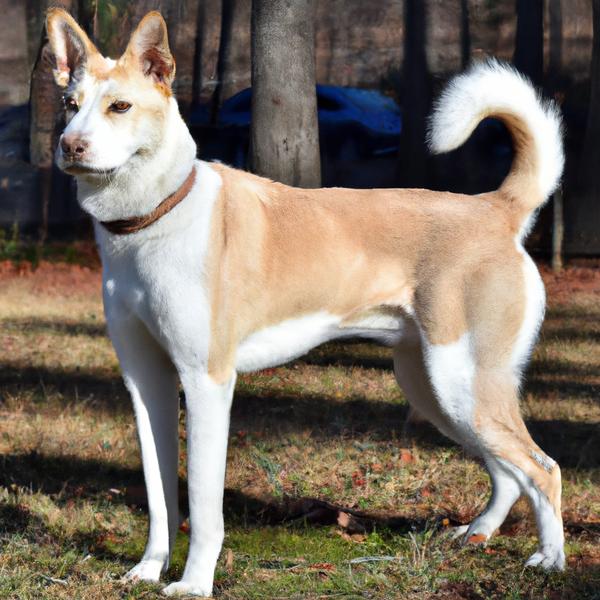
Canaan
Bolognese vs Canaan
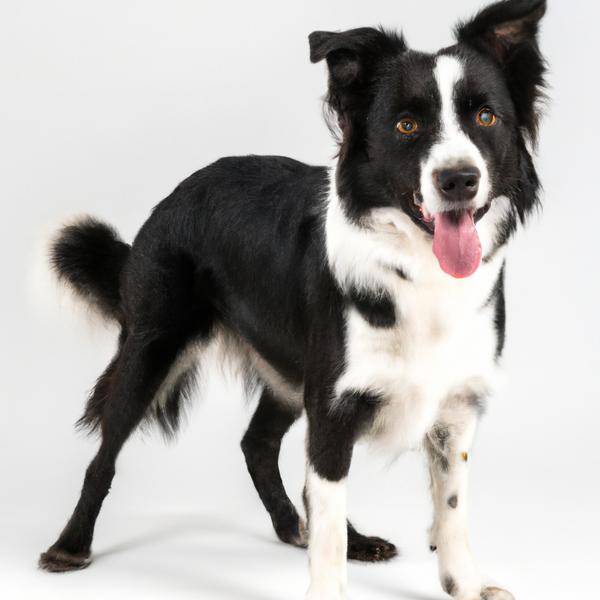
Border Point
Bolognese vs Border Point
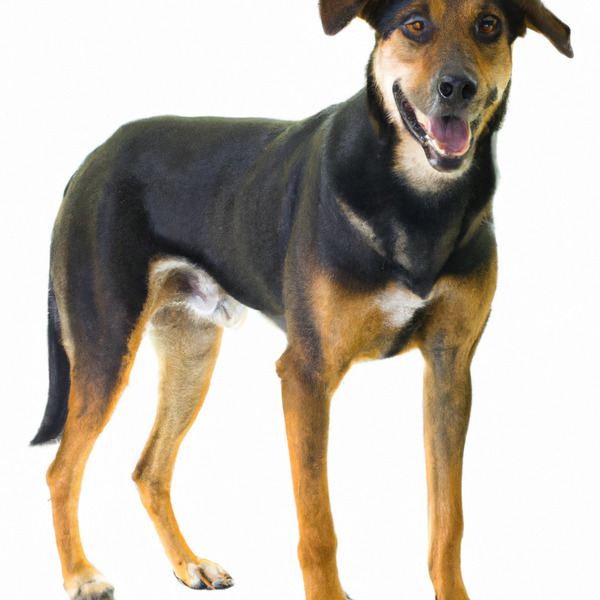
Huntaway
Bolognese vs Huntaway
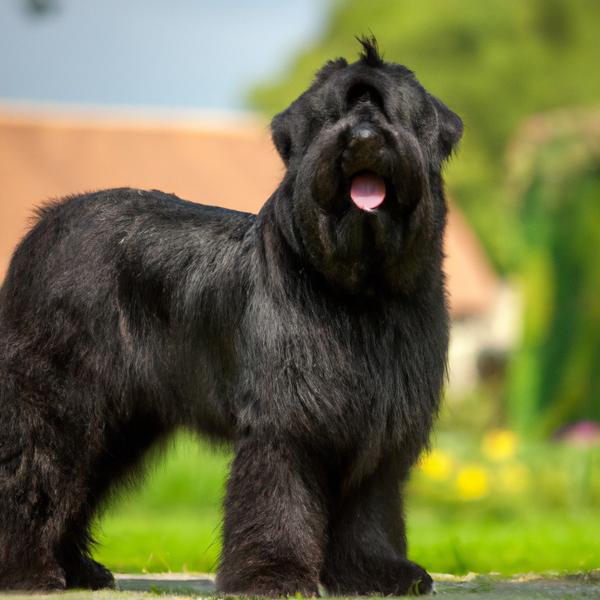
Giant Bolonauzer
Bolognese vs Giant Bolonauzer
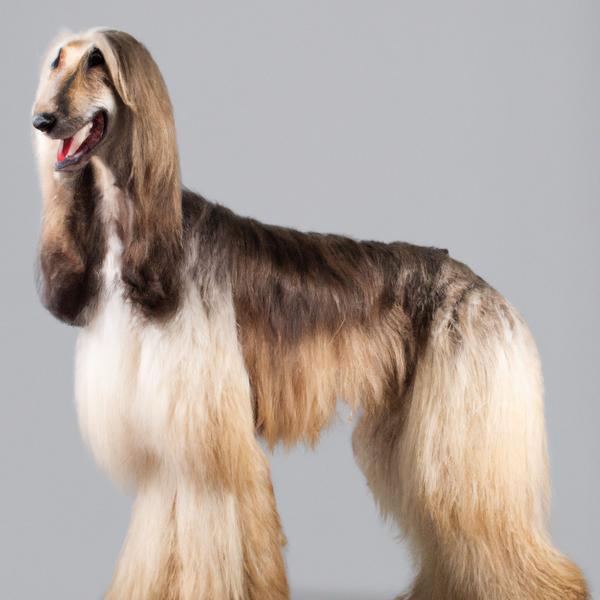
Afghan Hound
Bolognese vs Afghan Hound
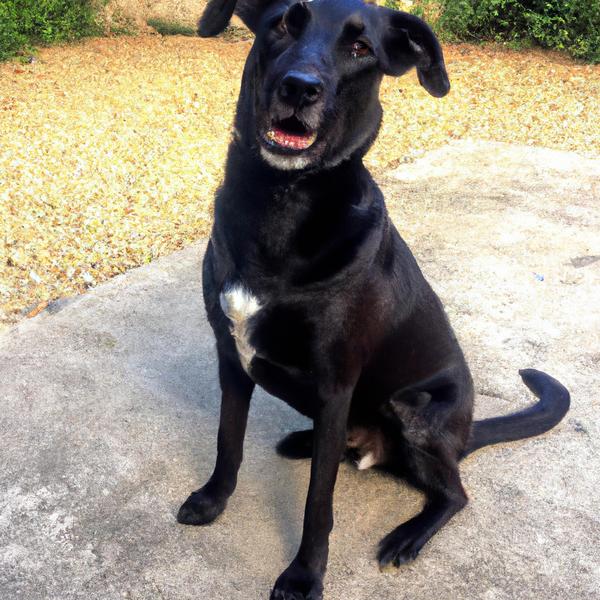
Labollie
Bolognese vs Labollie
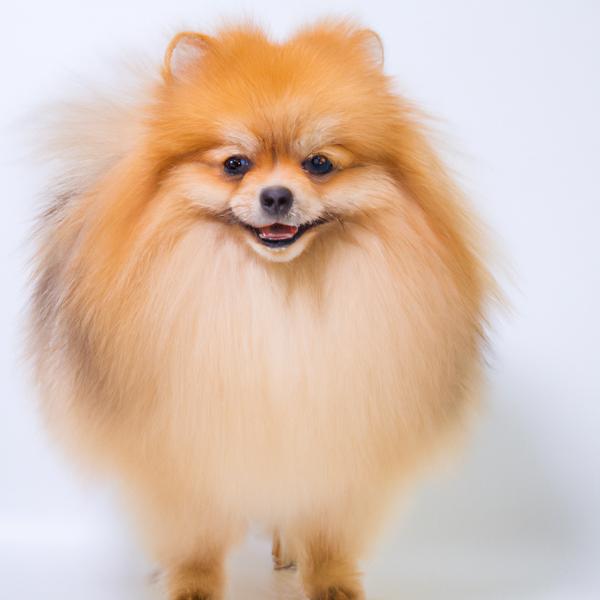
Pom-Kee
Bolognese vs Pom-Kee
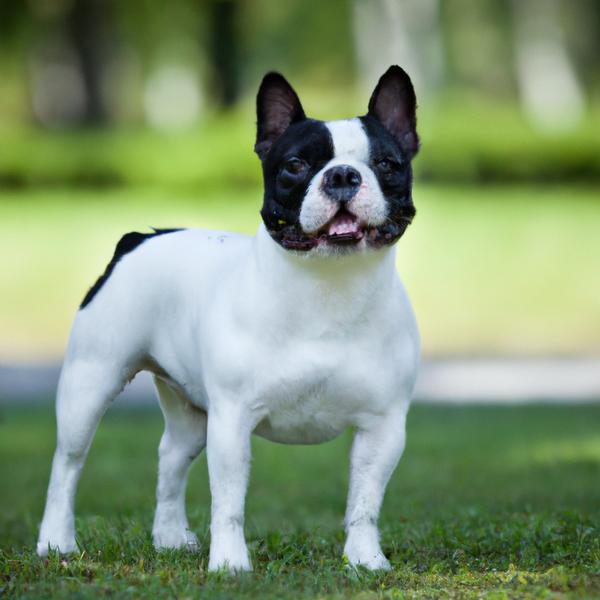
American French Bull Terrier
Bolognese vs American French Bull Terrier
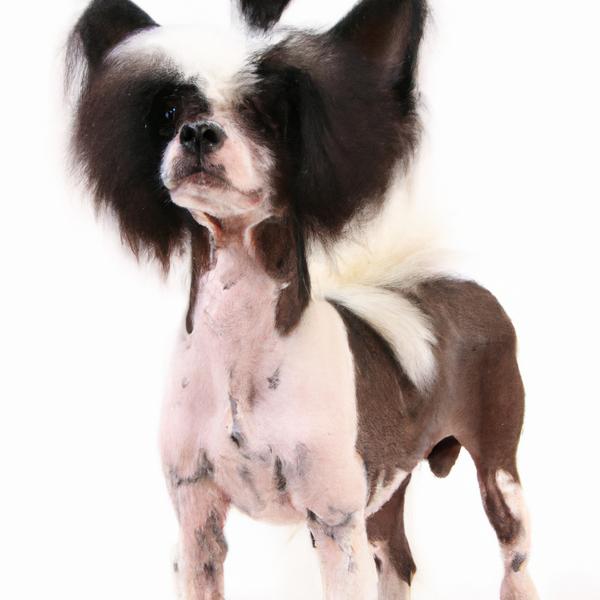
Peruvian Inca Orchid
Bolognese vs Peruvian Inca Orchid
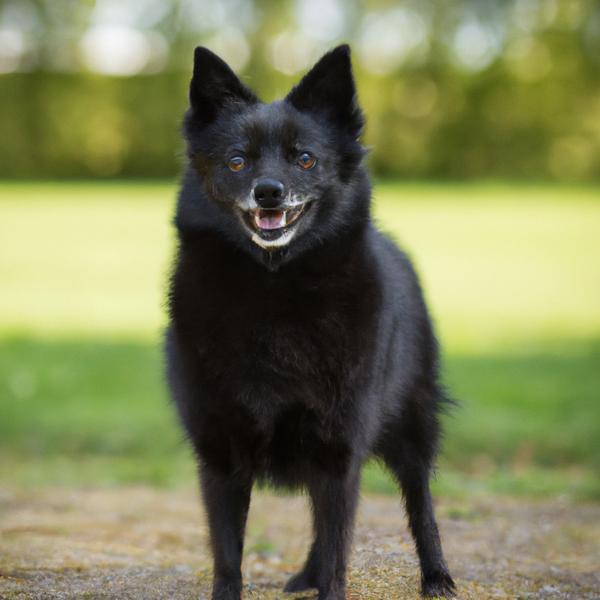
Schipperke
Bolognese vs Schipperke
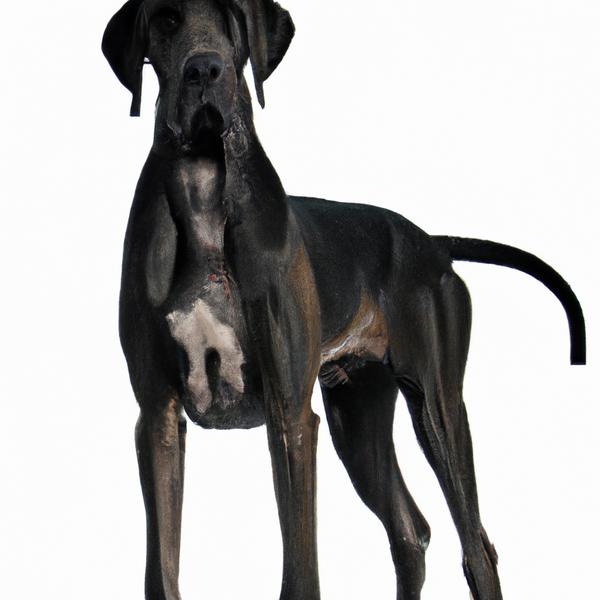
Cortese
Bolognese vs Cortese
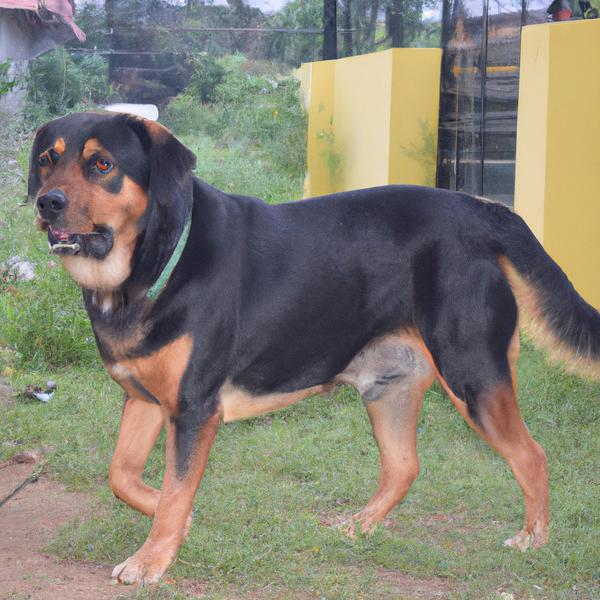
Reagle
Bolognese vs Reagle
